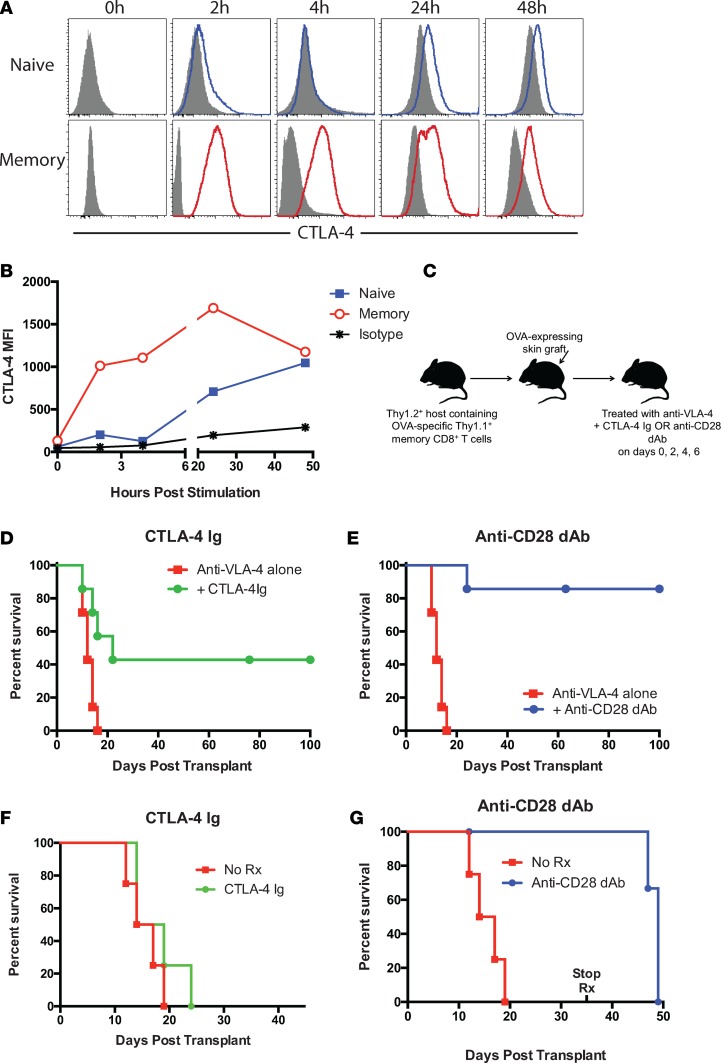Figure 1. Selective CD28 blockade more potently attenuates memory T cell–mediated graft rejection relative to CTLA-4 Ig.
(A and B) Naive or memory OVA-specific OT-I T cells (1 × 106 cells; generated in vitro by antigen exposure followed by rest in IL-15–containing media as described ref. 42) were stimulated with B6 splenocytes and 10 nM SIINFEKL peptide for 0, 2, 4, 24, or 48 hours. CD8+ T cells were stained intracellularly for CTLA-4 (filled histograms indicate isotype control). (B) CTLA-4 MFI on naive and memory T cells over time. Data are representative of 3 independent experiments. (C) Experimental design in which 1 × 104 Thy1.1+ OT-I T cells are adoptively transferred into naive B6 Thy1.2 hosts and infected with Listeria-OVA as described in Methods in order to generate recipients containing memory OT-I T cells. On day 30 after infection, mice received an OVA-expressing skin graft and were treated with 200 μg CTLA-4 Ig or 100 μg anti-CD28 dAb (both in the presence of 250 μg anti–VLA-4) on days 0, 2, 4, and 6 after transplant. (D and E) Graft survival curves showing accelerated rejection in animals treated with CTLA-4 Ig (D) relative to those treated with anti-CD28 dAb (E). Data are cumulative results of n = 8 mice/group from 2 independent experiments. (F and G) Recipients were primed with OVA-expressing skin grafts, allowed to reject, and regrafted on the contralateral torso on week 10. Animals were treated with 200 μg CTLA-4 Ig (F) or 100 μg anti-CD28 dAb (G) on days 0, 2, 4, and 6 and then weekly until day 35. n = 4 mice/group. dAb, domain antibody.

